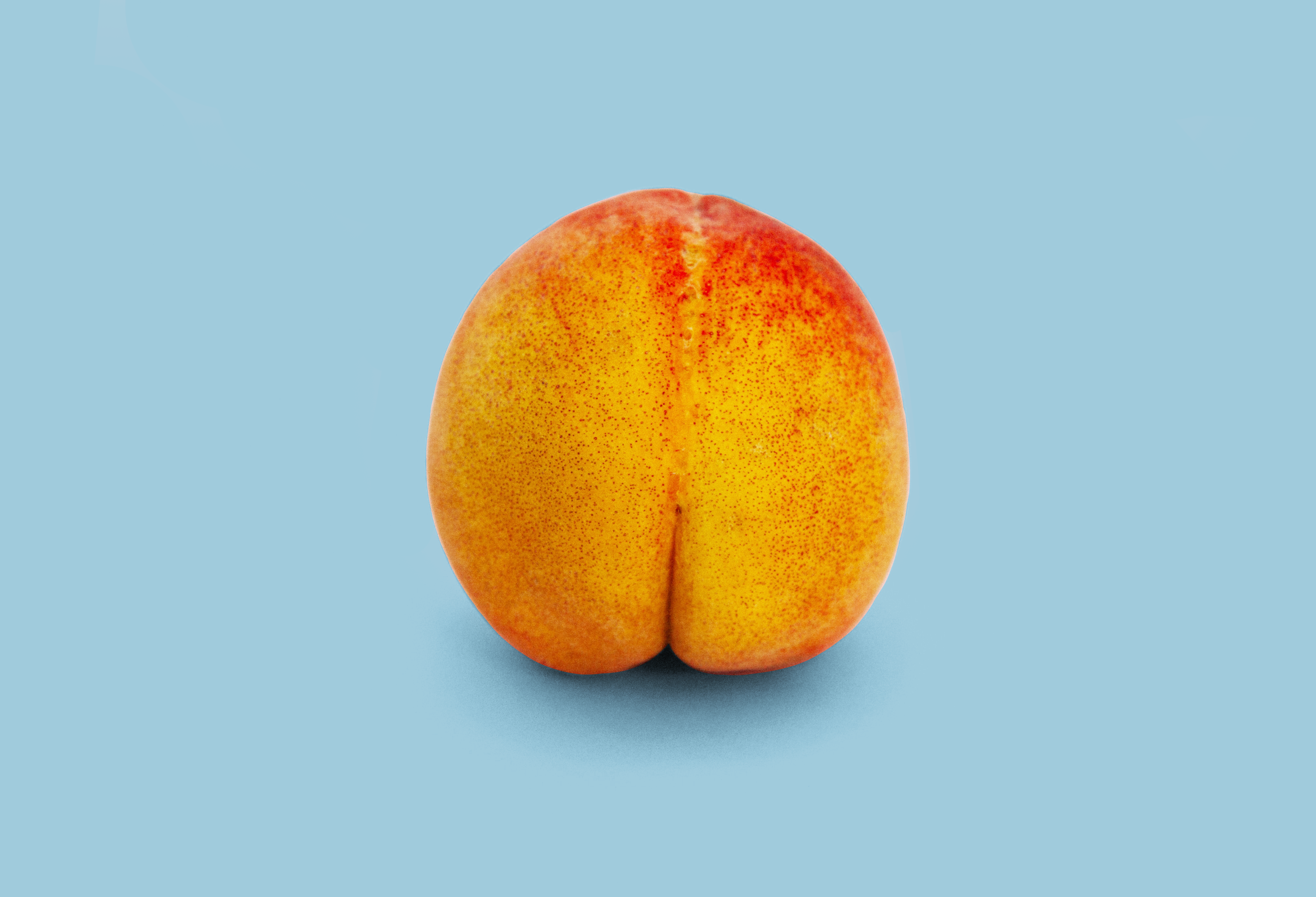Just because you weren’t born with a prominent pair of glutes doesn’t mean you can’t have them! The glutes are a muscle just like any other, so this means that it can be grown through resistance training. Although the glutes are one of the largest muscles in the body, it is an area that can accumulate fat. Trimming the fat off can only come from a modification of diet. There is no “perfect diet,” so find the one that works for you that you can stick to. We are going to focus on growing the muscles that make up the butt to make it firmer. Using concepts in biomechanics you can focus directly on the muscles you want to work.
The anatomy of the butt:
What muscles make up the butt? There are a few, but we will focus on the main ones. First and foremost is the gluteus maximus. This functions as a hip extender. Hip extension is basically when the thigh moves behind the body. The other two big ones are the gluteus medius and gluteus minimus. These function to stabilize the leg as well as move the leg away from the body. Understanding these muscles will give us a better idea of what movements will be most beneficial to grow the glutes.
Another concept that is important to understand is that muscle tissue responds when stress is placed on it. We place stress on our muscles every day by just walking or standing. That stress alone isn’t enough for the tissues to grow. Think of exercise as medicine. If you take too little, you won’t have the desired effect. If you take too much, then you could “overdose.” Muscles are the same. Too little and you won’t see a change, too much and you could cause injury. So, you must choose the appropriate “dose” when you decide to do resistance training. So how do you know you are doing enough? Being sore isn’t necessarily a good marker. I suggest starting with a weight you can comfortably perform 15 repetitions with and see how your body responds. As you get more accustomed to the movements, you want your last rep to be so difficult you almost can’t complete it. For purposes of simplicity, keep your rep range between eight and 15 and sets between two to five. You can get a lot done working within that range.
SQUATS
Squats are something everyone should be doing. It is good to start with just body weight and progress the resistance over time using either dumbbells, kettlebells or a bar bell. Studies have shown that the lower you go, the more glute activation you will have. Use your thighs as a guide to determine depth. The most glute activity will come when the thighs go below parallel to the ground.
LATERAL BAND EXERCISES
As I mentioned previously, the gluteus med/min are worked when the leg moves away from the body. Placing a band around knees and moving the leg away against that resistance can really get them firing. Move the band further down the leg to increase muscle activation.
LUNGES
Lunges are great because they target one leg at a time. It forces the body to overcome gravity while isolating one glute, which goes along with our concept of overloading tissue to promote growth.
DEADLIFTS
The deadlift may be the most universal exercise there is. It works the back, arms, legs, and for our purposes, the butt. It doesn’t acutely target the glutes like the other exercises, but globally can work to firm up the booty. You can do these with dumbbells, kettlebells or a bar. Start with the bar over your shoe laces, then lean over and grasp the bar just outside of your legs. Maintain a neutral spine as you generate the force to move the bar. Keep the bar close to your body as you stand up locking your hips out when standing.
HIP THRUSTS
This has been shown to be one of the best exercises to target the glutes. Most of us have seen these done at some point. However,
in the past few years, research has shown that adding weight to this exercise can really be beneficial to getting tissue growth. You want to find a bench that is about 16 inches high. Sit in front of the bench so that it is perpendicular to your back. Place the bottom of your shoulder blades on the bench. Use this as your fulcrum and raise your hips up, pushing through the back of your heels. There are several ways to add weight. You could use a resistance band or place a bar across the front part of your pelvis. Be sure to use a pad because the bar can be uncomfortable.
There are an incredible number of exercises for the butt, but these are the main ones that can get you going in the right direction. Always remember you can add to an exercise by changing the amount of weight, how many reps, sets, or modify the movement by going from two legs to one. It takes about six weeks to start seeing a change, so start now! Fall/winter is a great time to begin a training program because we tend to wear more clothes, so when spring comes around you are ready to strut your stuff!
Related articles:
At-Home Ab Workouts for Every Skill Level

